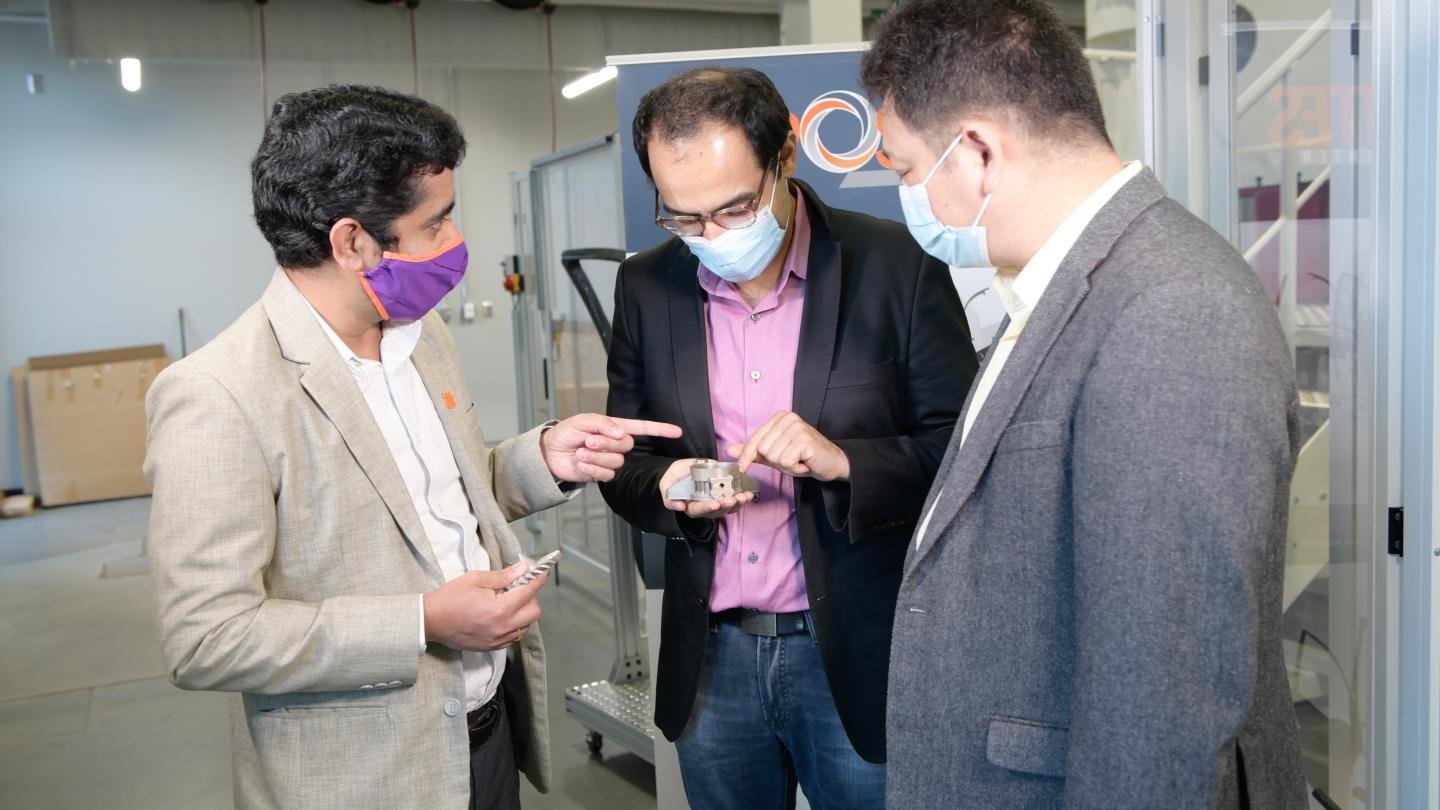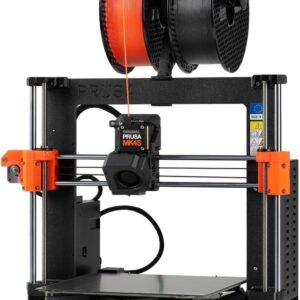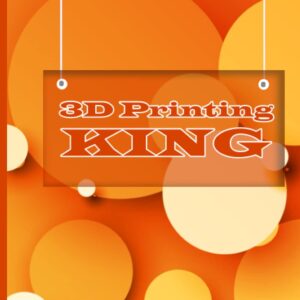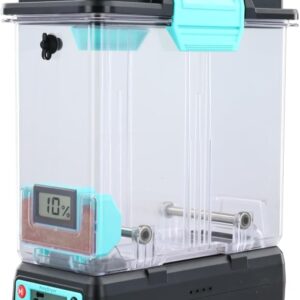IMAGE: Army collaboration will transform the production of 3D printed components for aircraft and ground vehicle structures. view More
Photo credit: Clemson University
ABERDEEN PROVING GROUND, Md. – A new technology will accelerate the development of 3D printed components for a variety of army applications.
The initiative is part of a collaboration agreement between the US Army Combat Capabilities Development Command, known as DEVCOM, the Army Research Laboratory, the Clemson Composites Center at Clemson University, and industry.
Researchers will create an artificial intelligence-enhanced digital lifecycle platform that will enable production engineers to design, analyze, and manufacture a variety of large and complex geometry components with embedded multifunctionalities, such as ground and aircraft structures, faster and more cheaply using power, transmission, energy storage, sensing, and self-monitoring functions to achieve overall size, weight, performance and cost or SWaP-C efficiencies.
Once the platform is fully developed, engineers can design and test new components without physically building them.
Part of the challenge of 3D printing new components is using the right source material – the material that is fed into the 3D printer to print the component. The researchers need to understand the combination of materials and know what amounts produce the desired properties such as strength or stiffness.
“As part of the new project, we will develop a database of raw materials, including metals, plastics and composites, that can be used to train artificial intelligence and create digital models of potential new raw materials,” said Srikanth Pilla, the Robert Patrick Jenkins Endowed Professor at the College of Engineering , Computer Science and Applied Sciences and Founding Director of the Clemson Composites Center.
To create the database, the researchers plan to print samples called coupons and subject them to a series of tests to measure their chemical, mechanical, and thermophysical properties.
The researchers said the coupon tests will position them for more advanced studies in the future. In these studies, they would 3D print sub-components that account for the complex geometries of full-size components.
“Database development as well as digital lifecycle validation through experimental characterization and testing are enabled using the state-of-the-art infrastructure available at the Clemson Composites Center, which includes 3D printers, thermophysical test equipment, optical metrology and quasi-static and dynamic drop tower test infrastructure, devices for accelerated aging, high-speed cameras and spectroscopic equipment, “said Pilla.
New discoveries in 3D printing have enormous potential for equipping soldiers in combat.
“This collaboration will enhance the laboratory’s ability to find new and novel ways to advance the science of advanced manufacturing and create a pipeline of new talent all in the direction of our mission to operationalize the science for transformative overmatches,” said Stephanie Koch , deputy director at ARL.
The collaboration includes the South Carolina-based industrial partner 3D Systems, which has the technologies and functions of its unique 9-laser metal 3D printer measuring 1 x 1 x 600 mm, which is being developed for ARL.
“Through our collaboration with DEVCOM Army Research Laboratory, we have made tremendous strides in developing the world’s largest and fastest metal powder 3D printer,” said Jose Doval of 3D Systems. “By expanding this work with Clemson University, we can push the boundaries of the technology even further. This includes exploring new methods of in-situ detection and ways to visualize the build in real time using the data collected at each shift.”
The partnership with industry and science has enabled much of the laboratory’s advances in scientific discoveries and technological advances.
“In the past few years, South Carolina has seen record investments and growth, much of which has been driven by the willingness of our colleges and universities to work with new and existing businesses,” said Henry McMaster, South Carolina governor. “This project between Clemson and 3D Systems underscores the success and continued commitment of our higher education system to not only provide a highly skilled workforce, but also to build important partnerships with our business community that will ultimately lead to a stronger South Carolina.”
ARL and Clemson will discuss their continued collaborative efforts this spring at a symposium that will focus on possible collaboration on key research areas of the recently established Mx initiative in Clemson. The symposium features engineering sessions on multifunctional materials and composites, manufacturing science and engineering, extreme environment materials, multiscale multiphysics computer science and engineering, and materials informatics powered by artificial intelligence.
###
The DEVCOM Army Research Laboratory is part of the US Army Combat Capabilities Development Command. As the army’s corporate research lab, ARL operationalizes science to achieve a transformation overmatch. Through the collaboration between the command’s core technical competencies, DEVCOM is a leader in discovering, developing and delivering the technology-based skills necessary to enable soldiers to more successfully win the nation’s wars and get home safely. DEVCOM is a subordinate main command of the Army Futures Command.
Disclaimer: AAAS and EurekAlert! are not responsible for the correctness of the press releases published on EurekAlert! by contributing institutions or for the use of information via the EurekAlert system.










